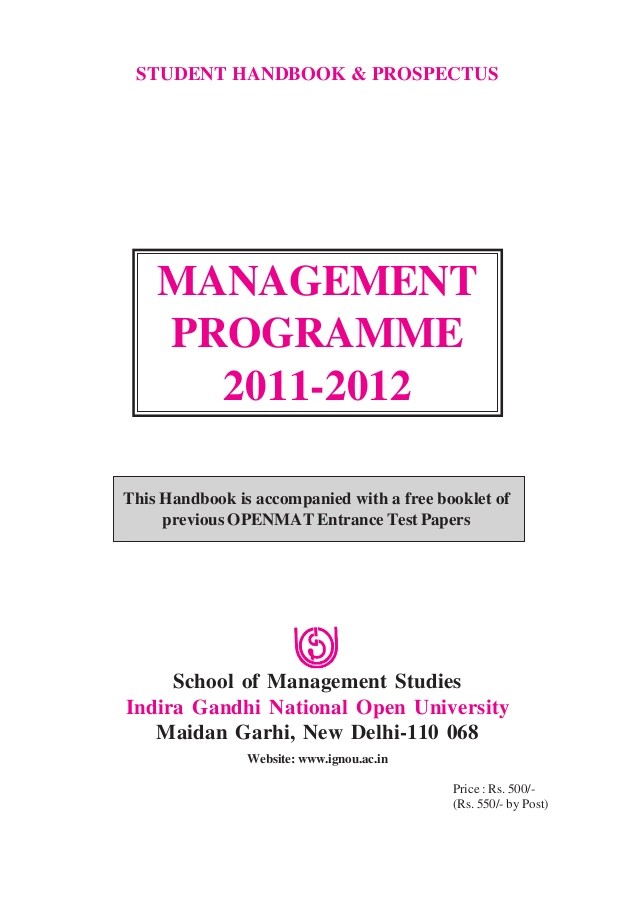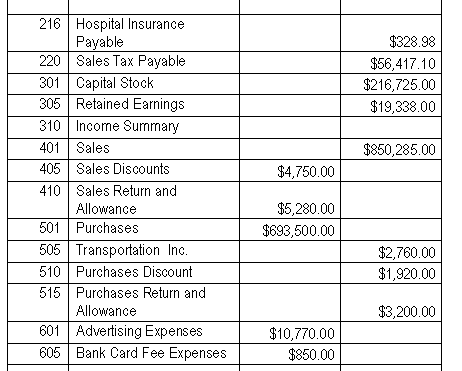Accounting quiz Accounting homework help
Post on: 23 Июнь, 2015 No Comment

True / False Questions
1. The marginal principle of retained earnings holds that corporate investment should provide a return equal to or higher than that a stockholder could earn.
2. Dividends are the active variable in the marginal principle of retained earnings.
3. At maturity (Stage IV) the firm will usually pay out about 15-25% of earnings in dividends.
4. Life cycle growth analysis can be helpful in determining a firm’s ability to pay dividends.
5. In Stage III growth, stock dividends and stock splits are eliminated.
6. The major drawback for viewing dividends as a passive variable is that stockholders likely have some preference related to dividend payments.
7. One reason that investors may prefer dividends to reinvestment by the firm is that dividend payments provide information to the investor.
8. In Stage I of a firm’s life cycle, the firm will pay high dividends to shareholders in order to attract additional investors.
9. In Stage II of a firm’s life cycle, expansion continues, but at a decreasing rate.
10. Some researchers feel that stockholders prefer dividends to retained earnings because dividends have information content.
11. Generally, dividends should be changed when a corporation reaches a new level of permanent income.
12. One of the major influences on dividends is the corporate growth rate in sales and the subsequent return on assets.
13. When a firm raises its dividend, the information content is usually positive for investors.
14. Dividends may be relevant because they help to resolve uncertainty about the firm and its future.
15. Stable dividends may cause a higher discount rate for the firm, thereby raising the value of the firm.
16. Stability of dividends is not important to stockholders.
17. Regardless of the situation, no well-managed firm would borrow money to pay dividends to stockholders.
18. Dividends can only be distributed if the firm has positive income in the year the dividend is paid.

20. A firm will pay dividends as long as it has cash available.
21. Corporations are partially exempt from taxes on dividends received from other corporations.
22. Prior to the Tax Relief Act of 2003, investors in high marginal tax brackets prefer dividends while investors in low marginal tax brackets prefer to have corporate earnings reinvested.
23. Stockholders in general prefer large dividends to small dividends.
24. If the cash dividend per share remains constant following a stock dividend, the stockholder will receive greater total cash dividends.
25. The Tax Relief Act of 2003 created equal taxation of long-term capital gains and dividends at a 15 percent rate.
26. Because the capital gains tax is so high, there are no real tax advantages to a stock repurchase option.
27. A general rule of thumb would be that firms with a faster growth rate have smaller payout ratios.
28. Investors in high marginal tax brackets usually prefer companies that reinvest most of their earnings, thus creating more growth in earnings and stock prices and deferring taxes into the future.
29. A firm paying a stock dividend will experience a drop in its earnings per share but its shareholders’ total claim on earnings will increase.














